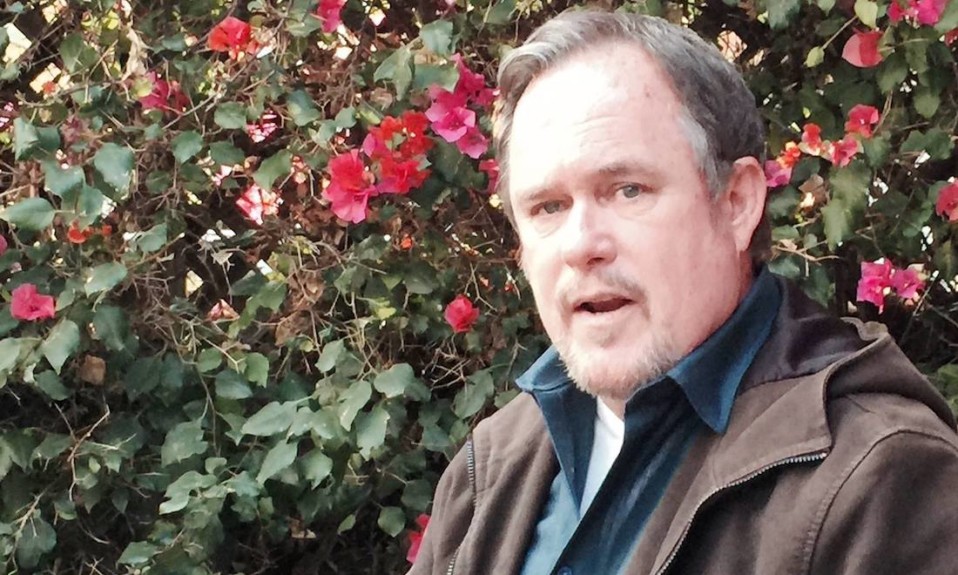An individual’s support system must be made up of a much wider community than just family and friends
By Alison Jones Webb, MA, MPH
Individuals recover from addiction through hard work and by figuring out how to live without the substances that created chaos in their lives, but they don’t do it alone. Family members are often important allies, especially in early recovery, learning how to change family dynamics to support their loved ones. Friends, too, are key to understanding the physical and emotional needs of people in early recovery and beyond. But the circle of allies extends far beyond family and friends.
Recovery allies in the broader community can play a big role in the lives of people in recovery by becoming educated about addiction and recovery and then using their spheres of influence.
Becoming a contributing member of society through stable and sustained community participation—a key aspect of recovery—can’t be the individual’s responsibility alone. It requires broader community involvement in interpersonal relationships, and it requires people such as business owners, librarians, university deans and professors, landlords, bankers, law enforcement officers, construction contractors, child care providers, teachers and school administrators, doctors, dentists, fitness instructors and so many others to maintain opportunities for people to participate in community life again.
Types of Recovery Capital
One key area where recovery allies can make their mark is in creating and expanding recovery capital. Simply defined, recovery capital comprises the total internal and external resources that a person draws on to initiate and sustain recovery from addiction. Research shows that the more recovery capital a person has, the more likely they are to have a successful path in recovery. Recovery capital means more than recovery support services like recovery housing and recovery community organizations, though those are vital. Recovery capital is often grouped into three categories:

Personal recovery capital means the characteristics and capabilities of the person seeking recovery, such as knowledge, communication, interpersonal skills, coping skills, mental health, problem-solving skills, self-esteem, resilience and hope. Personal recovery capital also includes tangible resources such as safe housing, food, transportation, money and financial stability, insurance, and personal beliefs, values, preferences and behavior that come with belonging to a particular cultural group.
Social recovery capital refers to supportive social relationships and networks in the recovery community and the broader community, supportive family relationships, and connections with social institutions such as a faith-based community.
Community capital consists of the resources available in the broader community that support recovery, including evidence-based treatment, support services such as recovery community centers and housing policies that don’t discriminate against recovery residences. Community capital also has to do with the attitudes of community members and their openness to fully welcome people in recovery.
Recovery allies in the broader community can play a big role in the lives of people in recovery by becoming educated about addiction and recovery and then using their spheres of influence—in the workplace, faith community, educational institutions and more—to expand personal, social and community recovery capital. While local assets—such as personal networks, recovery champions, coalitions and businesses—vary considerably across the country, every community has them. It’s up to community members to find a way to tap in to their unique assets to support recovery in a way that makes sense locally.
Alison Jones Webb is the author of Recovery Allies: How to Support Addiction Recovery and Build Recovery-Friendly Communities, which will be published by North Atlantic Books in September 2022.
Top photo: Thought Catalog; bottom photo: Kyle Ryan













